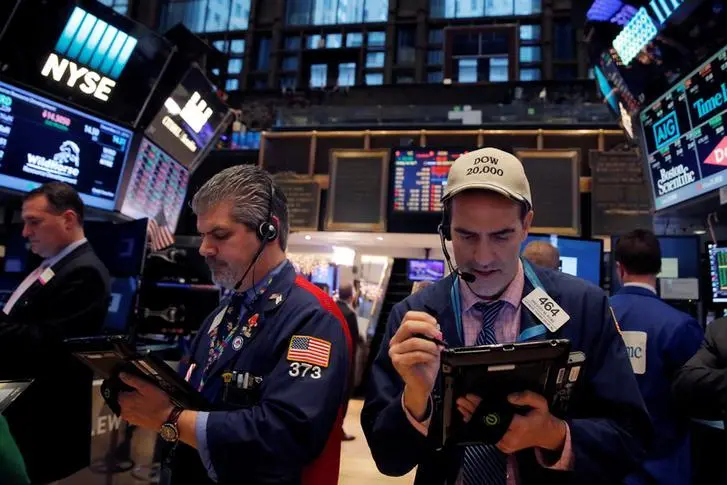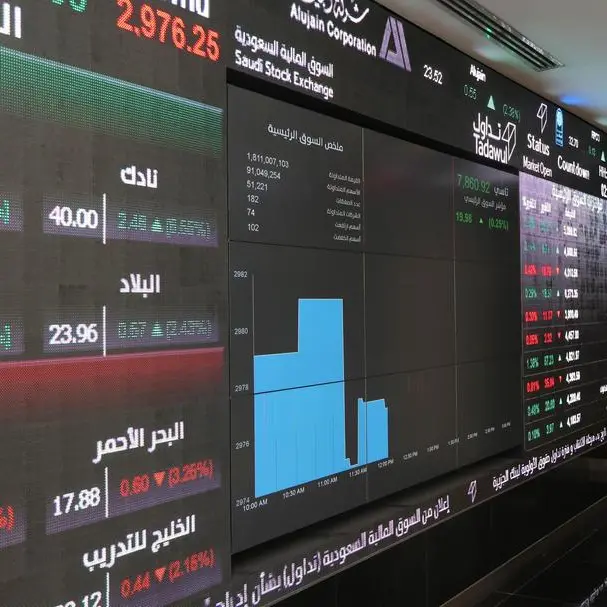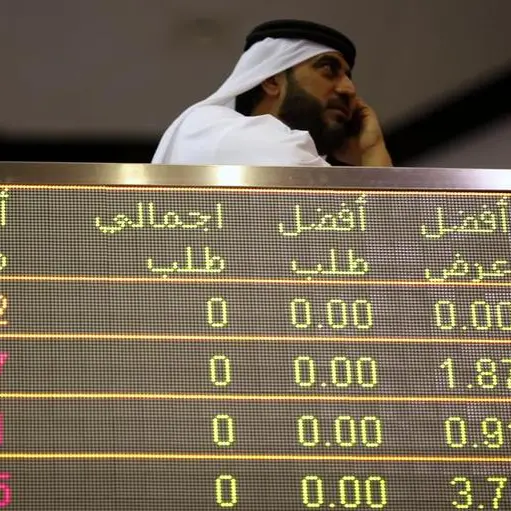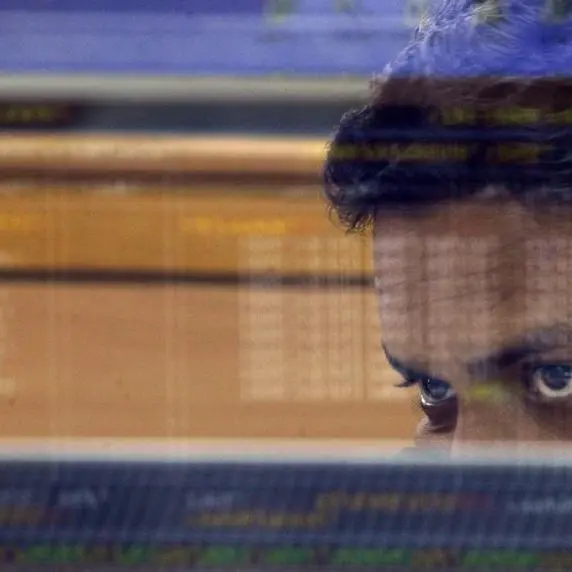PHOTO
NEW YORK (Reuters Breakingviews) - Wall Street has donated around $125 billion to the recession conundrum. That’s the market value lost by the top five U.S. investment banks in just three weeks. Only JPMorgan shares still trade above book value. History suggests it’s an early investor bet on an economic downturn. But the experience from the last crisis makes that message imprecise.
In the run-up to the past three U.S. recessions, big-bank valuations rarely dipped below book value. Bear Stearns, for example, only took the plunge right before U.S. output started contracting in 2008, with others following once markets and the economy were in full meltdown. Bear was eventually absorbed by JPMorgan for a song.
It’s perhaps worrying then that investors today think Bank of America, Citigroup, Morgan Stanley and Goldman Sachs aren’t worth the value of their assets minus liabilities. In normal times it would suggest the market fears either big losses on loans, securities and other holdings, or a large drop in earnings power – or both. And shares in the first three are almost in bear-market territory, having fallen some 15% since the last week of July. Goldman and JPMorgan are off by around a tenth.
Trouble is, any correlation between either bank share-price movements or book-value multiples and a looming recession has been upended over the past decade. All five spent much of 2011 and 2012, and then 2016, trading below book, and no U.S. recession followed. Similarly, there’s a case to be made that the Federal Reserve’s quantitative-easing policy, which greatly expanded its balance sheet, has dulled the efficacy of an inverted yield curve to predict a downturn.
The prospect of tax cuts and deregulation by President Donald Trump allowed Wall Street firms’ valuations finally to break higher in 2017. Goldman’s involvement in the 1MDB scandal and Citi’s perennial struggle to convince investors it can avoid the next crisis handicapped their rise, though. And now the trade wars and falling interest rates are erasing the past two years’ progress for most of the others, essentially returning the group back to what had started to look like a new normal.
That doesn’t eliminate bank valuations – anymore than QE does the yield curve – as important data points for assessing the U.S. economy’s health. But their message is a lot harder to read.
CONTEXT NEWS
- Shares in Bank of America closed on Aug. 15 at $26.25 a piece, leaving the firm trading just below the book value it reported at the end of the second quarter. Citigroup, Goldman Sachs and Morgan Stanley were already trading at a discount to book value, while JPMorgan sports a 42% premium.
- The yield on the U.S. Treasury’s 10-year debt briefly dipped below that of the 2-year note on Aug. 14. This was the first time this section of the yield curve had inverted since 2007, according to data from Refinitiv.
(Editing by Rob Cox and Amanda Gomez)
© Reuters News 2019












